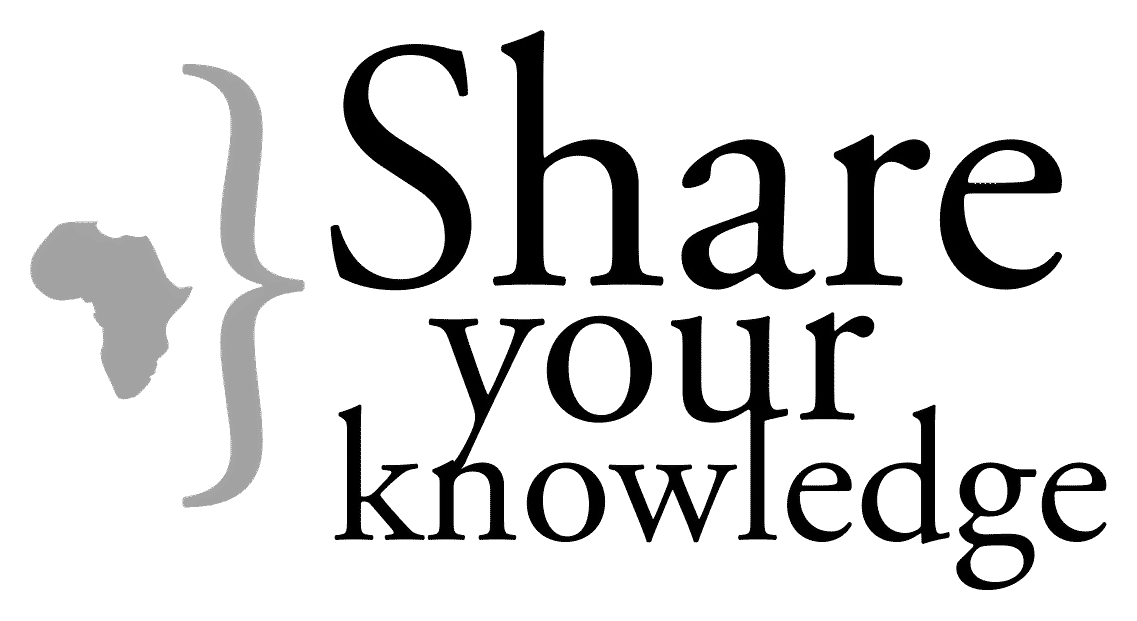"Learning before, during and after" is one of the oldest models in KM, and still one of the most useful.
 Learning before, during and after was one of the early bywords for Knowledge Management at BP in the 90s - a simple and memorable mantra that project staff can grasp easily and quickly. It forms the basis for an operating philosophy for KM, and describes how Knowledge Management activities can be embedded within the cycle of business activity.
Learning before, during and after was one of the early bywords for Knowledge Management at BP in the 90s - a simple and memorable mantra that project staff can grasp easily and quickly. It forms the basis for an operating philosophy for KM, and describes how Knowledge Management activities can be embedded within the cycle of business activity.The management of knowledge, like any management discipline, needs to be systematic rather than ad hoc, and needs to be tied into the business cycle. In any project-focused business, where business activities (projects) have a beginning and an end, knowledge can be addressed at three points.
- The project team can learn at the start of the project, so that the project begins from a state of complete knowledge (‘learning before’). This is where processes such as Knowledge handover and Peer Assist can be applied.
- They can learn during the project, so that plans can be changed and adapted as new knowledge becomes available (‘learning during’), for example through the use of After Action Review.
- Finally, they can learn at the end of the project, so that knowledge is captured for future use (‘learning after’) and entered into the Lesson-Learned workflow.
These activities of "Learning before," "Learning during" and "Learning after" can become an expectation, or even a mandatory activity, for projects. This model of ‘learn before, during and after’ was developed in BP during the 1990s, and was also developed independently in several other organizations. Shell refers to this as “Ask, Learn, Share”.
However, there is more to the model than the ‘learning before, during and after’ cycle. The knowledge generated from the project needs to be collated, synthesised, and stored as Knowledge Assets (guidance documents such as SoPs, or Wiki-based guidance) in order that knowledge deposited in the “knowledge bank” at the end of the project becomes more useful when accessed at the start of the next project. Communities of Practice need to be established to manage and share the tacit Knowledge Assets.
This five component framework (learning before, learning during, learning after, synthesis of knowledge into Knowledge Assets, and building Communities of Practice) is a robust model which creates value wherever it is applied.






















